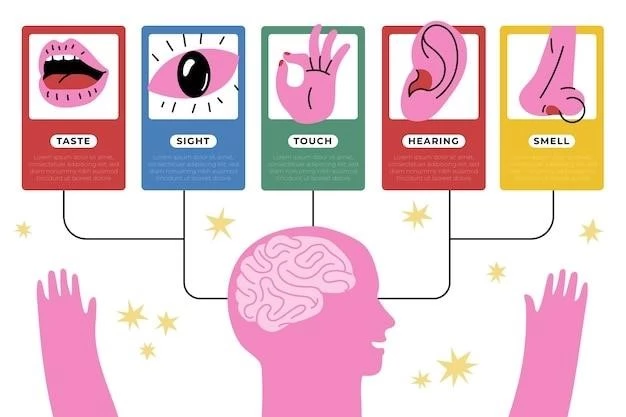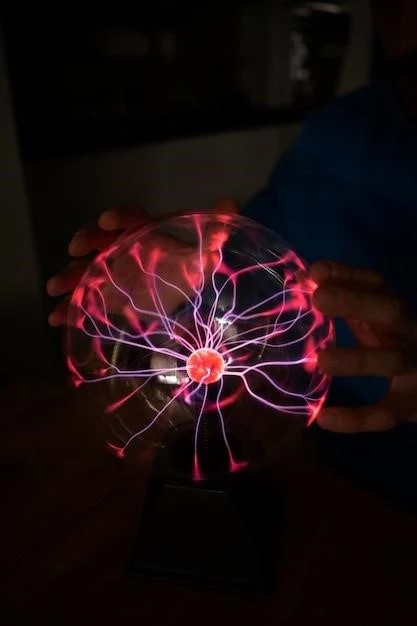Introduction to Spinocerebellar Degenerescence Book Type
Welcome to the introduction of the Spinocerebellar Degenerescence Book Type. This rare syndrome is characterized by movement problems and mental retardation arising from a brain defect. Explore more below.
Definition and Overview
Spinocerebellar degenerescence book type, a rare neurological syndrome, is characterized by movement difficulties and intellectual disabilities due to brain abnormalities. This condition requires comprehensive care and management. Details about its causes, symptoms, diagnosis, and treatment options are crucial for individuals affected by this disorder.
Understanding the Types of Spinocerebellar Ataxias (SCAs)
Explore the various types of Spinocerebellar Ataxias (SCAs) such as SCA1, SCA14, SCA17, among others. Understanding the distinctions and complexities of each type is crucial for diagnosis and treatment.
Classification of SCAs by Number
Explore the classification of Spinocerebellar Ataxias (SCAs) with distinct numbers assigned to each type, indicating the order of discovery concerning associated mutations. Understanding these numerical distinctions aids in navigating the complexities of these neurological disorders.
Similar Causes and Symptoms among SCAs
Understand the shared causes and symptoms among various types of Spinocerebellar Ataxias (SCAs). Despite the different numerical classifications, SCAs exhibit overlapping etiologies and clinical presentations, highlighting the importance of comprehensive assessment and individualized management strategies for affected individuals.

Common Types of Spinocerebellar Degenerescence
Information on Spinocerebellar Ataxia Types 14 (SCA14) and 17 (SCA17) characterized by specific neurological symptoms and clinical features. Understand the distinct presentations of these types for proper diagnosis and management.
Spinocerebellar Ataxia Type 1 (SCA1)
Spinocerebellar Ataxia Type 1 (SCA1) is a rare autosomal dominant neurodegenerative disorder characterized by a progressive loss of cerebellar Purkinje cells, leading to coordination and balance disturbances. Understanding the genetic basis and clinical manifestations is essential for the management and care of individuals with SCA1.
Spinocerebellar Ataxia Type 14 (SCA14)
Spinocerebellar Ataxia Type 14 (SCA14) presents with slowly progressive cerebellar ataxia٫ dysarthria٫ nystagmus٫ axial myoclonus٫ cognitive impairment٫ tremor٫ and sensory loss; Some cases may also exhibit Parkinsonian features like rigidity and tremor. Understanding the varied clinical manifestations aids in accurate diagnosis and personalized treatment approaches.
Spinocerebellar Ataxia Type 17 (SCA17)
Spinocerebellar Ataxia Type 17 (SCA17) is a neurological disorder characterized by ataxia٫ dementia٫ and involuntary movements like chorea and dystonia. Common symptoms include psychiatric manifestations٫ rigidity٫ and a range of age of onset from early childhood to late adulthood. Prompt recognition and individualized care play a vital role in managing this complex condition effectively.
Genetic Basis and Inheritance Patterns
Understanding the genetic underpinnings and inheritance patterns of Spinocerebellar Degenerescence is crucial. Delve into how specific genes contribute to this condition and how it is passed down through generations.
Autosomal Dominant Inheritance in SCAs
Understanding the genetic basis of Spinocerebellar Degenerescence, particularly the autosomal dominant inheritance pattern in Spinocerebellar Ataxias (SCAs). Learn how specific genetic variations lead to the development of this rare neurological disorder.
Causative Deficits in Multiple Genes
Spinocerebellar Degenerescence is linked to genetic deficits in multiple genes, contributing to the complexity of this condition. Explore the intricate interplay between these genetic factors and their impact on the manifestation and progression of this rare neurological disorder.
Clinical Features and Symptoms
Discover the clinical manifestations and symptoms of Spinocerebellar Degenerescence. Symptoms include ataxia, dysarthria, cognitive impairment, tremors, sensory loss, and more. Understanding these features aids in diagnosis and management.
Progressive Gait Impairment
Recognize the significance of progressive gait impairment as a key clinical feature of Spinocerebellar Degenerescence. Understanding the impact of gait abnormalities on daily functioning can assist in developing personalized care plans for individuals affected by this condition.
Cognitive Impairment and Sensory Loss
Recognize the impact of cognitive impairment and sensory loss in individuals with Spinocerebellar Degenerescence. Identifying and addressing these symptoms is crucial for a holistic approach to managing this complex neurological disorder effectively.
Psychiatric Symptoms and Neurological Abnormalities
Understand the psychiatric symptoms and neurological abnormalities associated with Spinocerebellar Degenerescence. Identifying and addressing these aspects is crucial for comprehensive management and ensuring optimal care for individuals impacted by this condition.
Diagnosis and Testing for Spinocerebellar Degenerescence
Explore the diagnostic process for Spinocerebellar Degenerescence, including DNA testing, neurological examinations, and the role of genetic screening in identifying this complex neurological disorder.
Role of DNA Testing and Genetic Screening
Discover the crucial role of DNA testing and genetic screening in diagnosing Spinocerebellar Degenerescence. Genetic testing helps identify specific gene mutations responsible for this condition, enabling personalized treatment strategies and family planning decisions.
Neurological Examinations for Ataxia Recognition
Neurological examinations play a crucial role in recognizing ataxia in individuals with Spinocerebellar Degenerescence. Proper assessment can help determine the presence and severity of symptoms, aiding in the accurate diagnosis and formulation of personalized treatment plans.
Treatment Options and Management Strategies
Effective treatment approaches for Spinocerebellar Degenerescence focus on symptomatic relief and multidisciplinary care. Discover the latest strategies to manage this complex neurological condition.
Current Approaches for Symptomatic Relief
Stay informed about the latest developments in treatments offering symptomatic relief for individuals with Spinocerebellar Degenerescence. Managing symptoms effectively enhances quality of life for those affected by this complex neurological condition.
Supportive Care and Multidisciplinary Team Involvement
Learn about the importance of supportive care and engaging a multidisciplinary team in managing Spinocerebellar Degenerescence. Collaborative efforts between healthcare professionals can optimize treatment outcomes and enhance the overall well-being of individuals affected by this complex neurological disorder.

Research and Future Directions
Stay informed about the latest research on Spinocerebellar Degenerescence and future directions in understanding disease mechanisms. Explore emerging therapeutic targets and potential clinical trials for improved management of this rare neurological condition.
Unfortunately, there is no relevant information available at the moment for the text under the subheading ‘
Advances in Understanding Disease Mechanisms
‘ on the topic ‘Disease⁚ Spinocerebellar degenerescence book type’.
Unfortunately, there is no relevant information available at the moment for the text under the subheading ‘
Emerging Therapeutic Targets and Clinical Trials
‘ on the topic ‘Disease⁚ Spinocerebellar degenerescence book type’.
